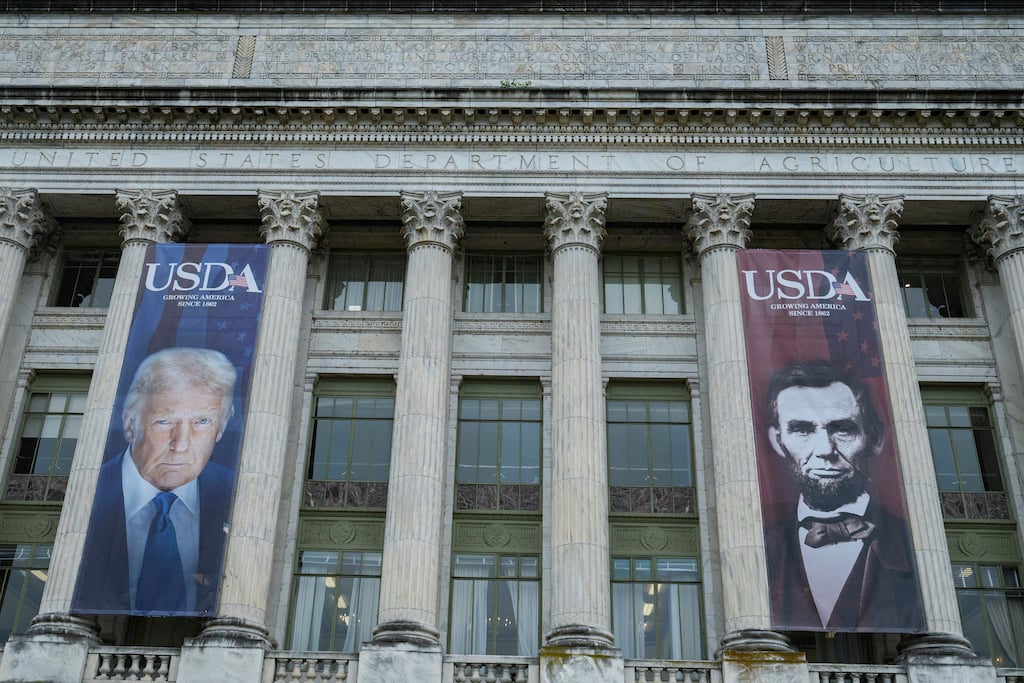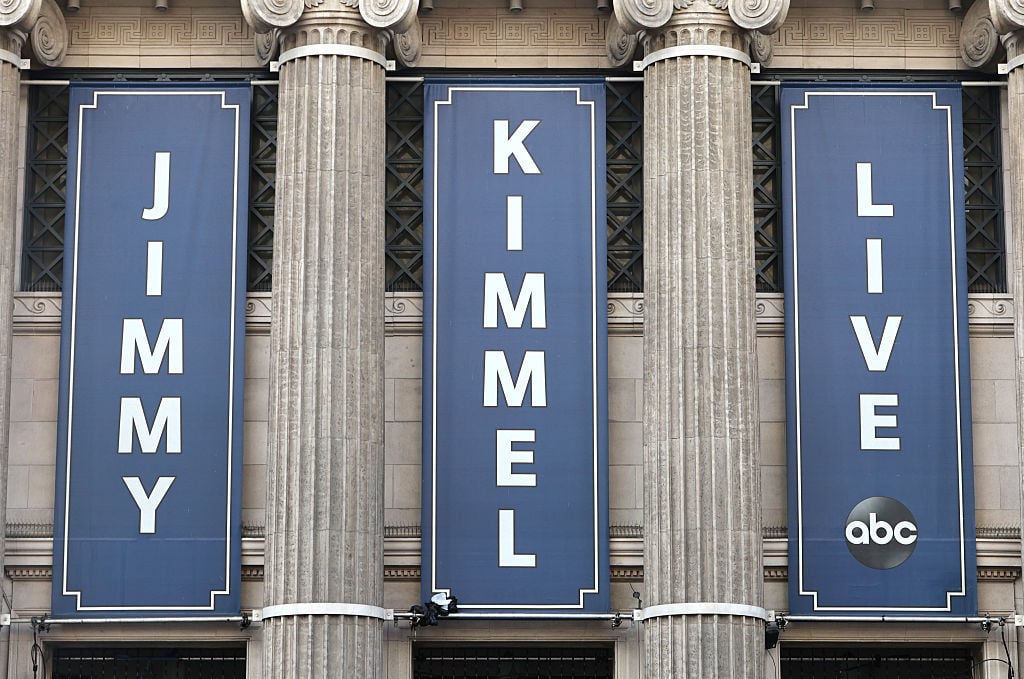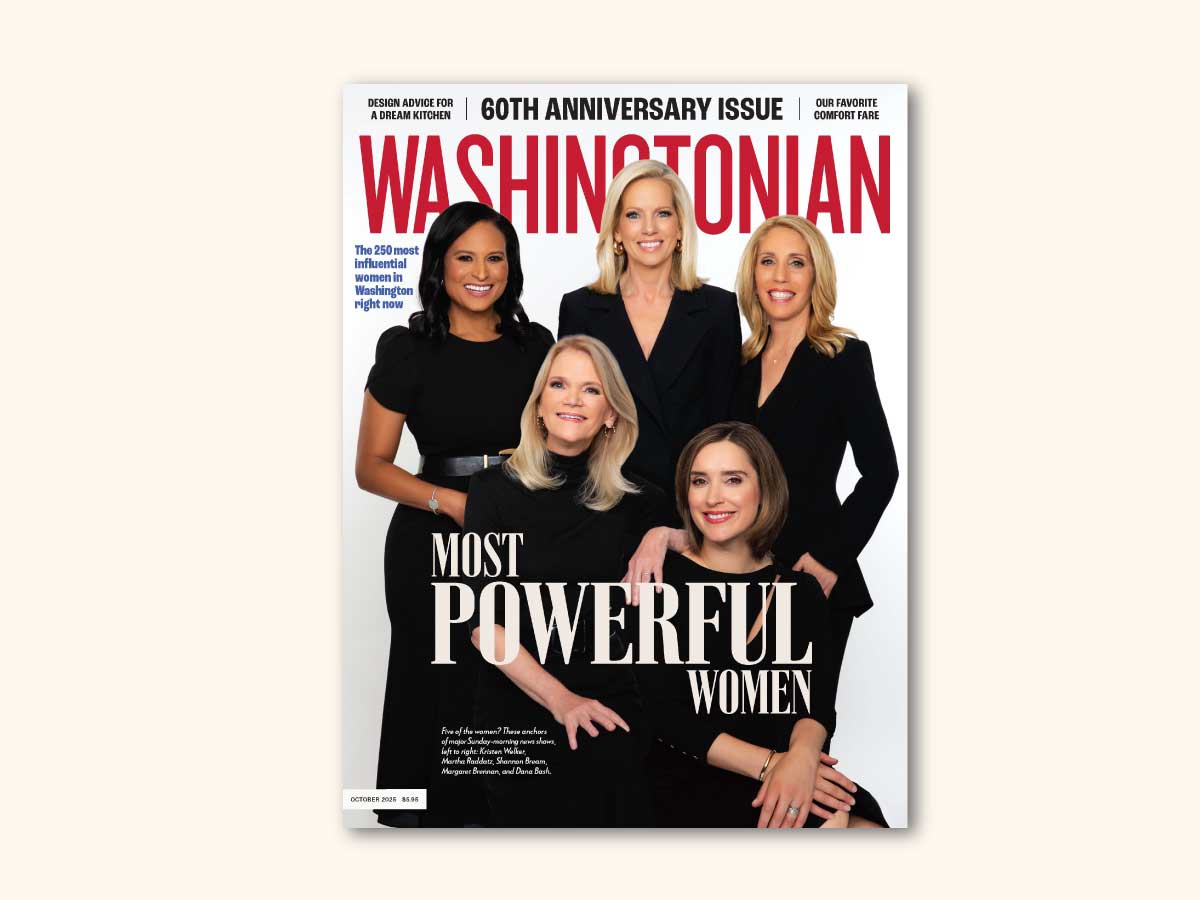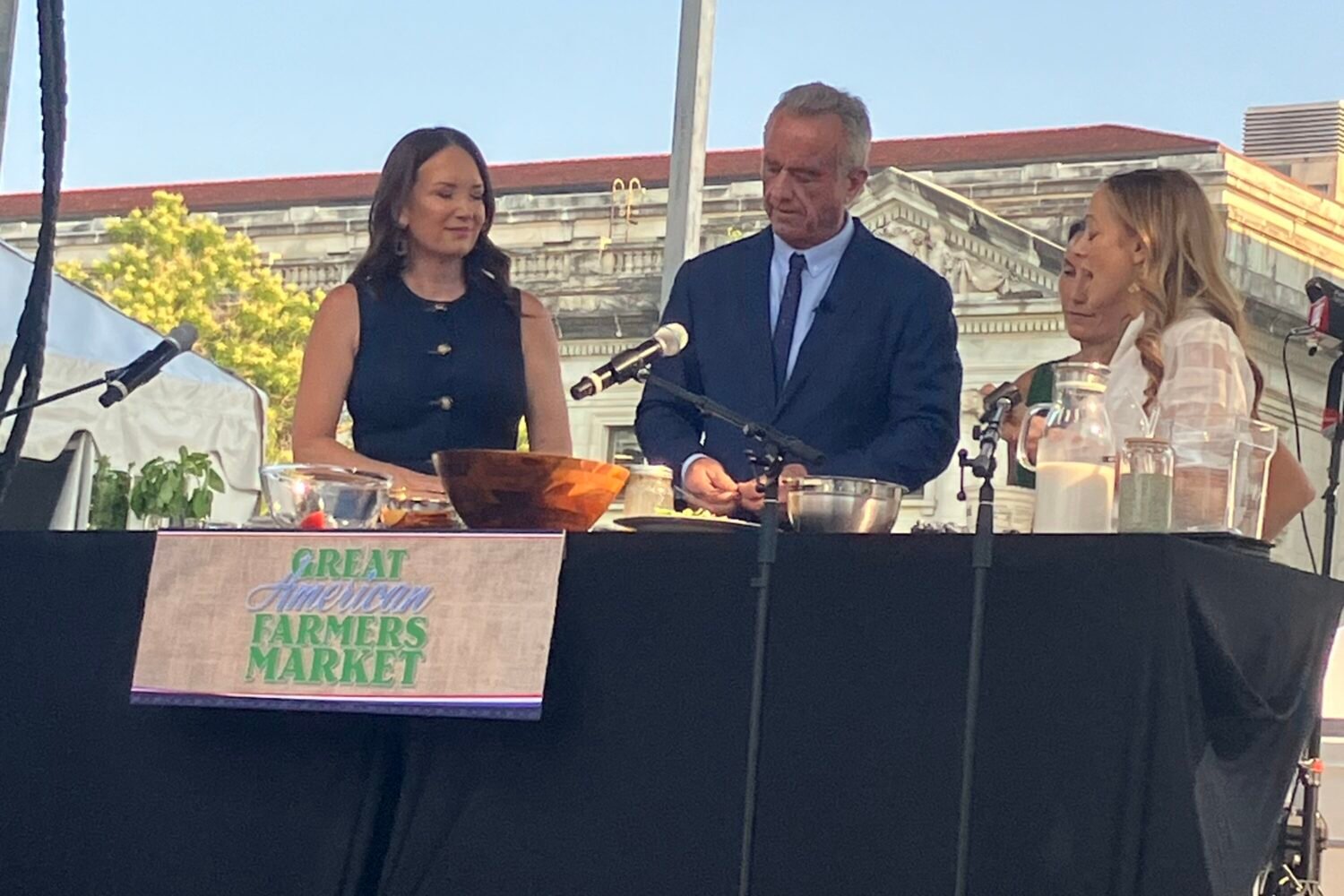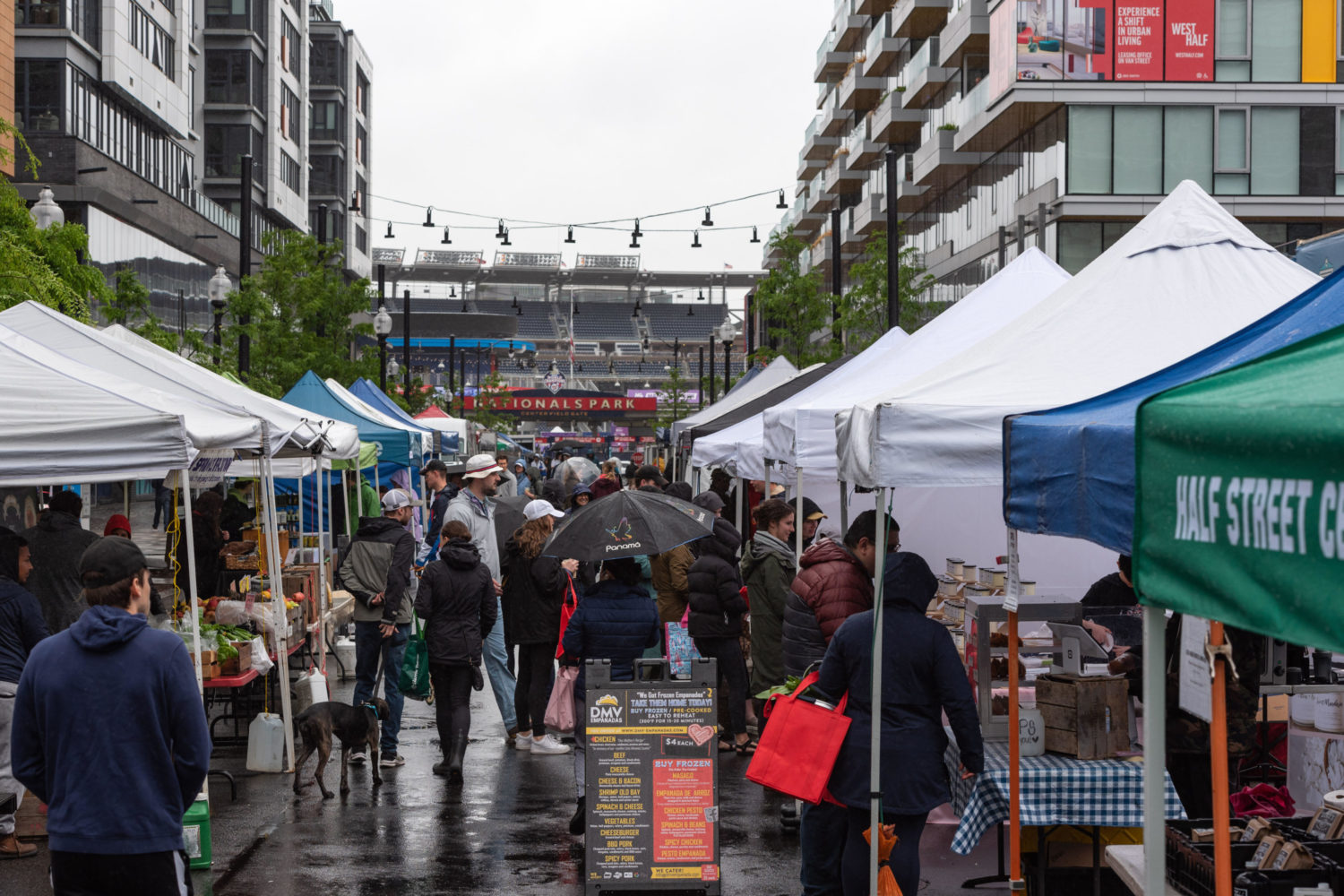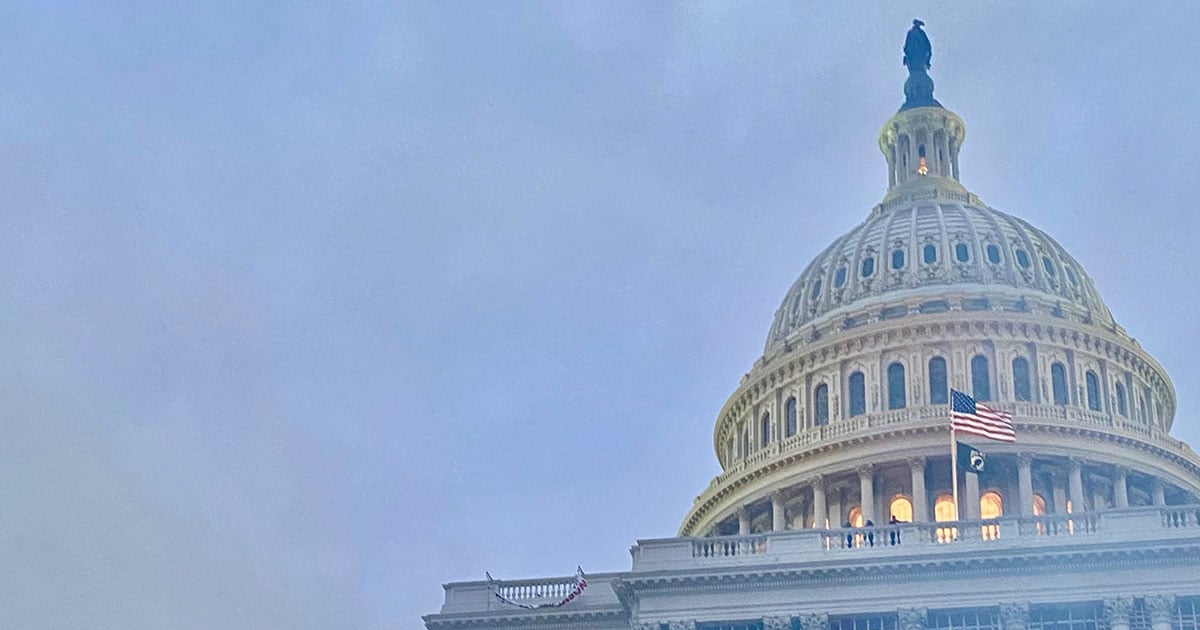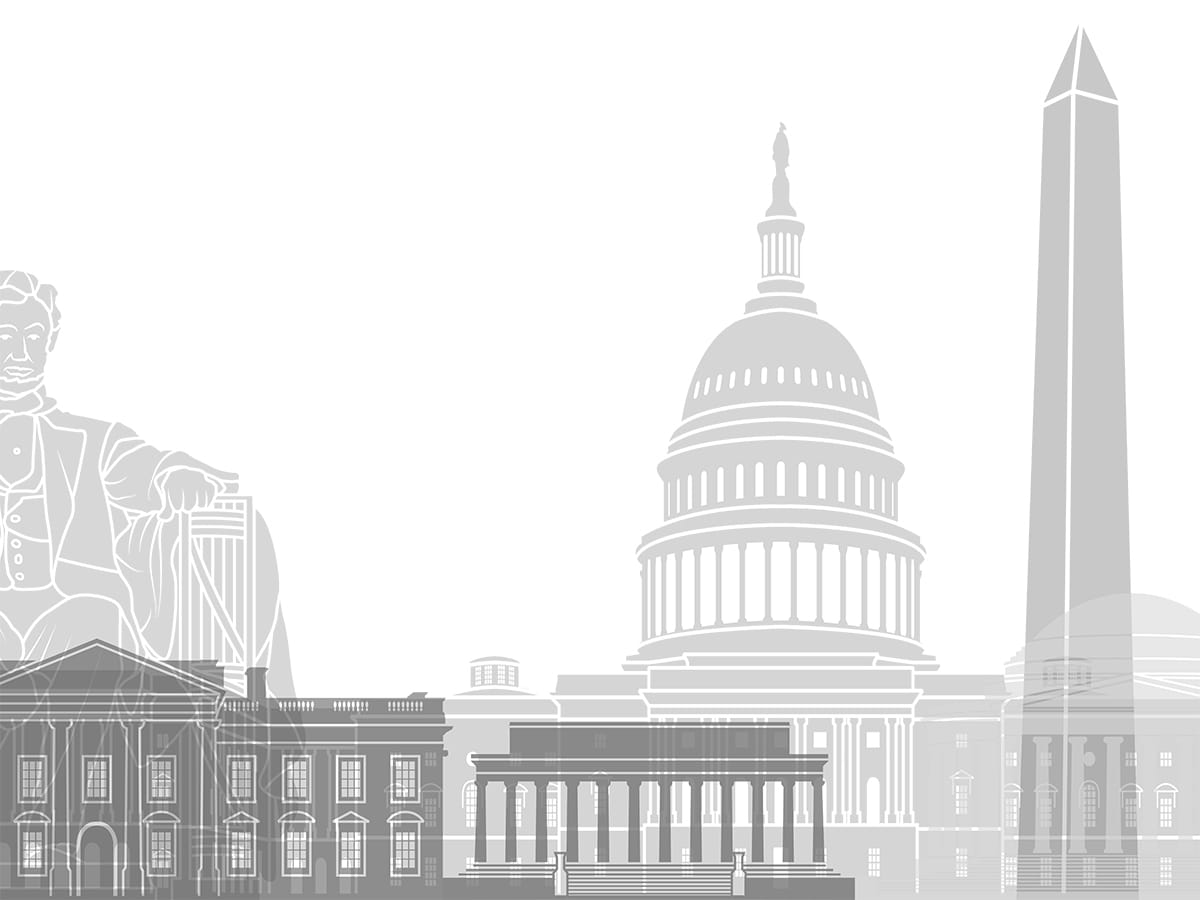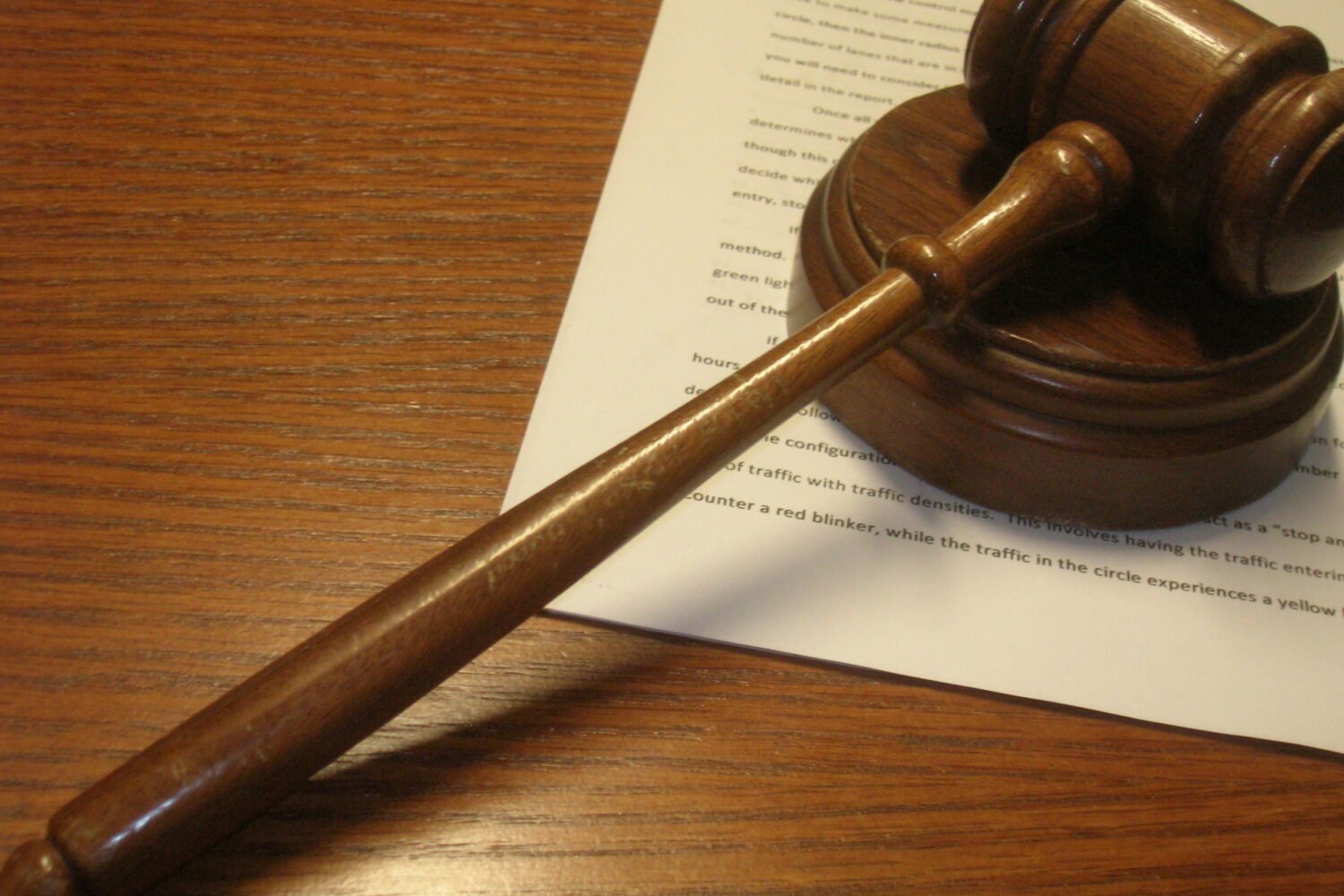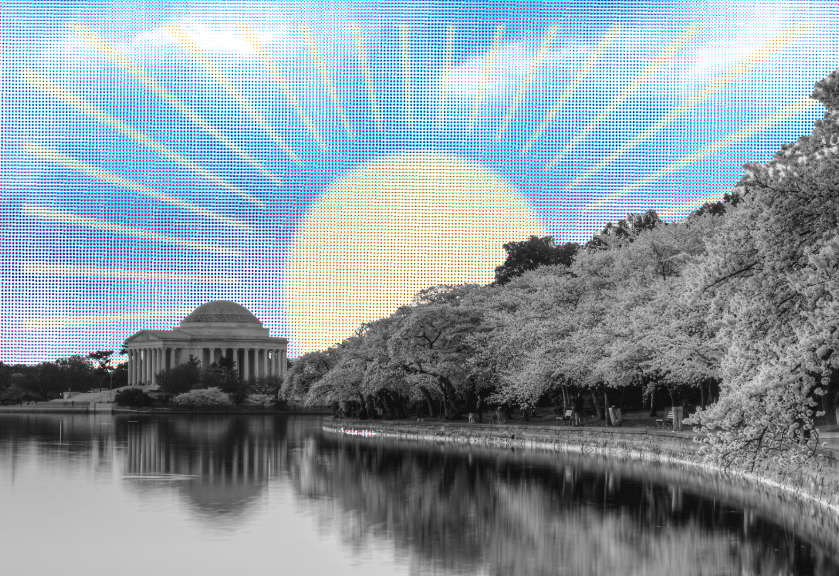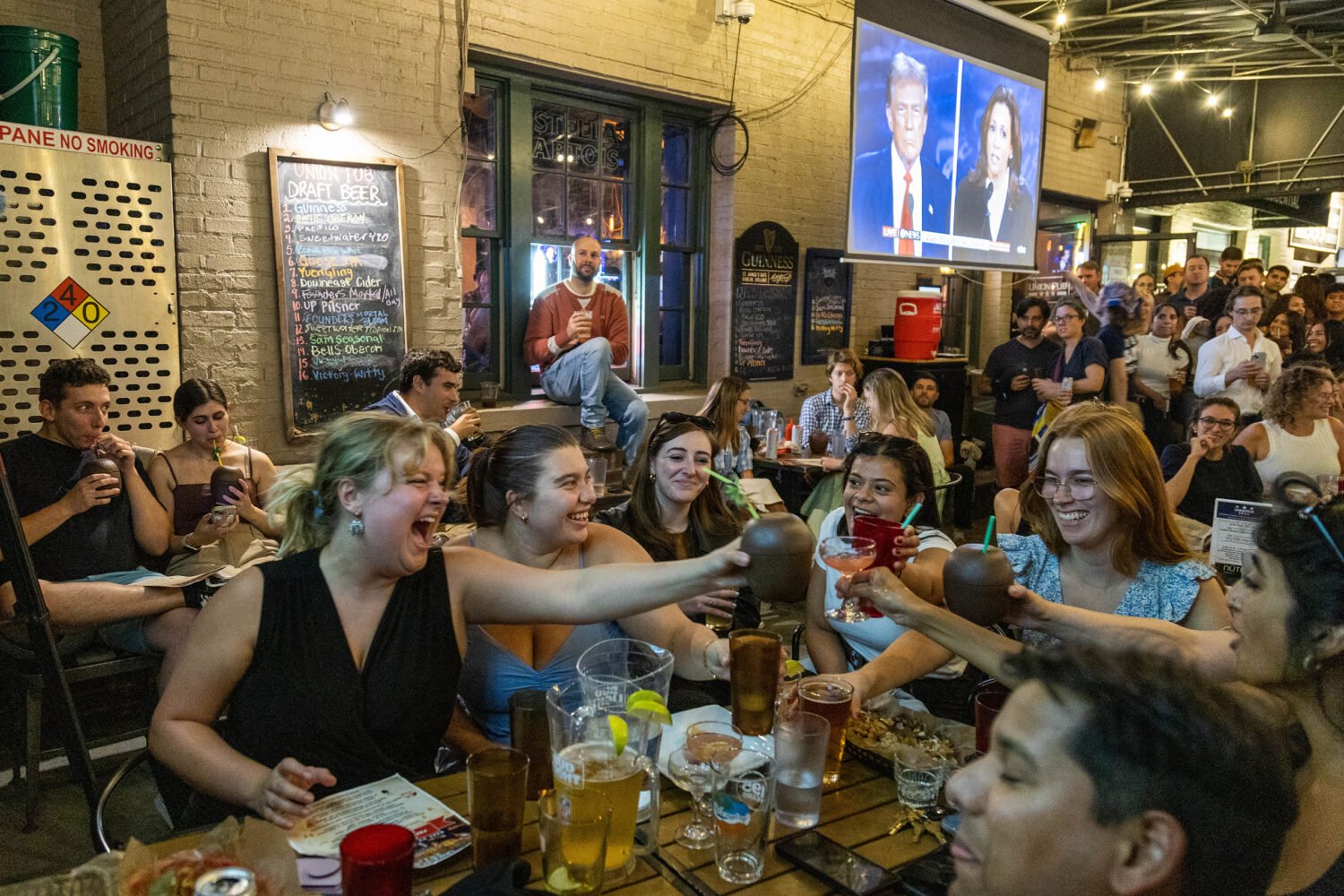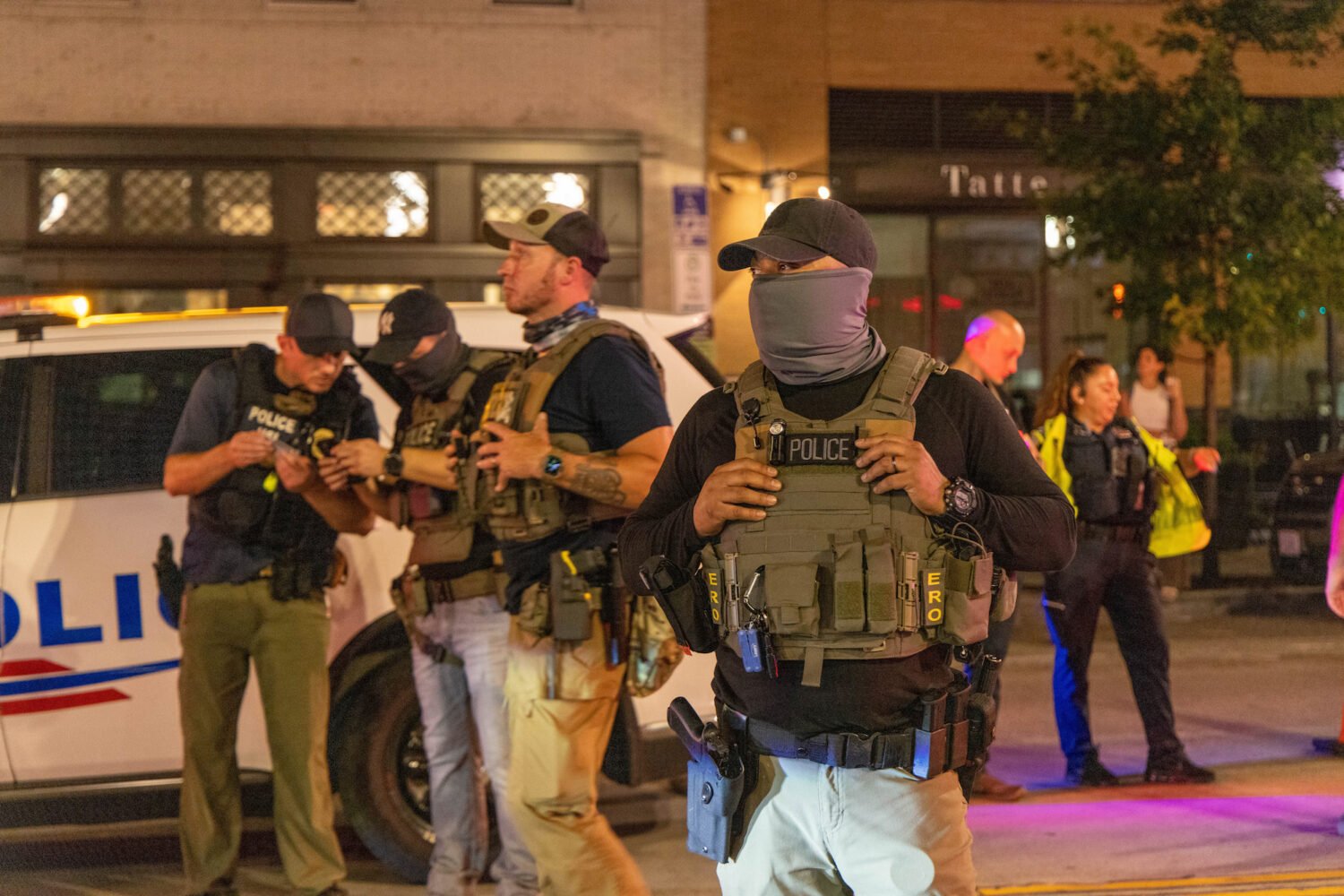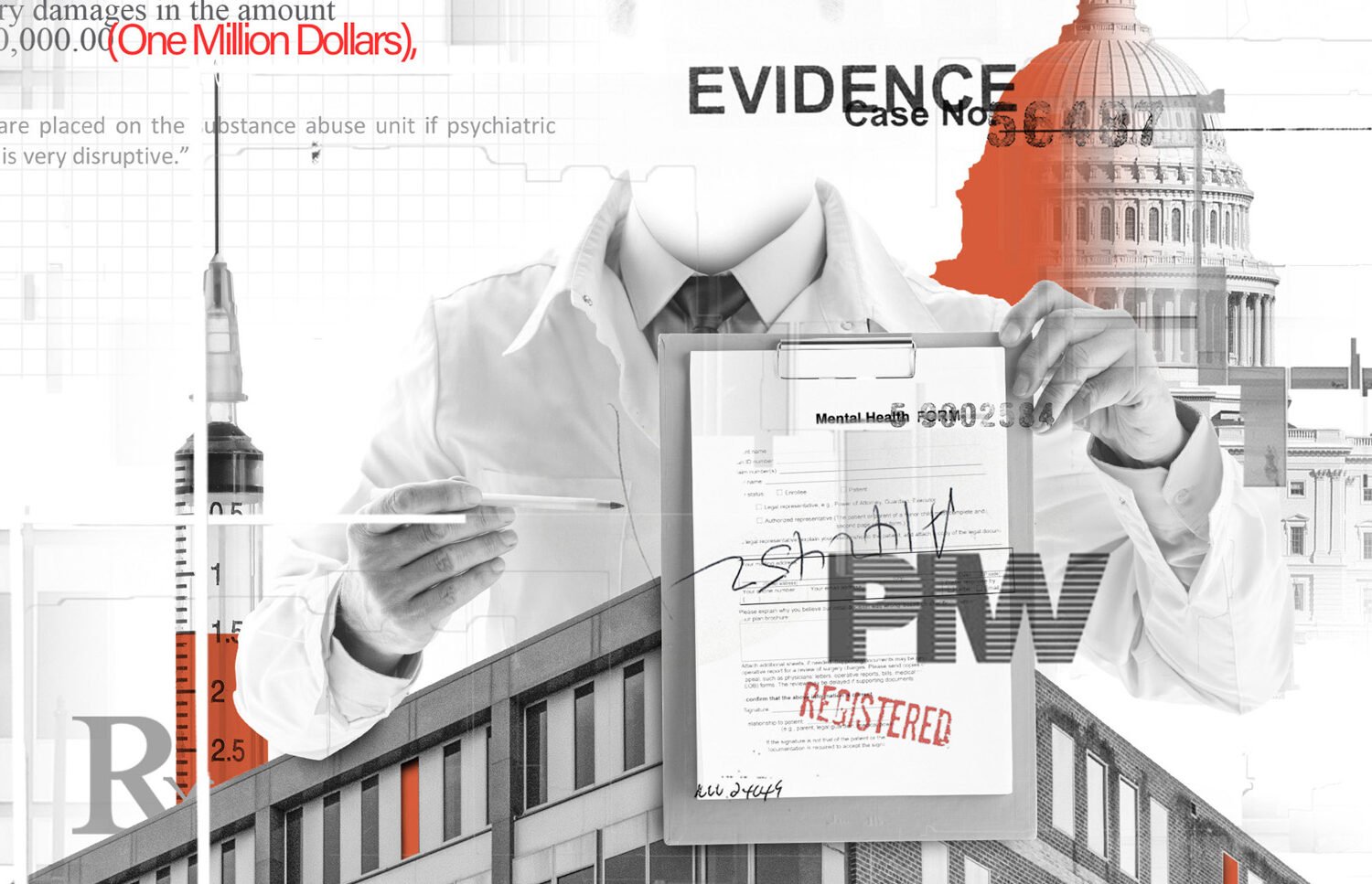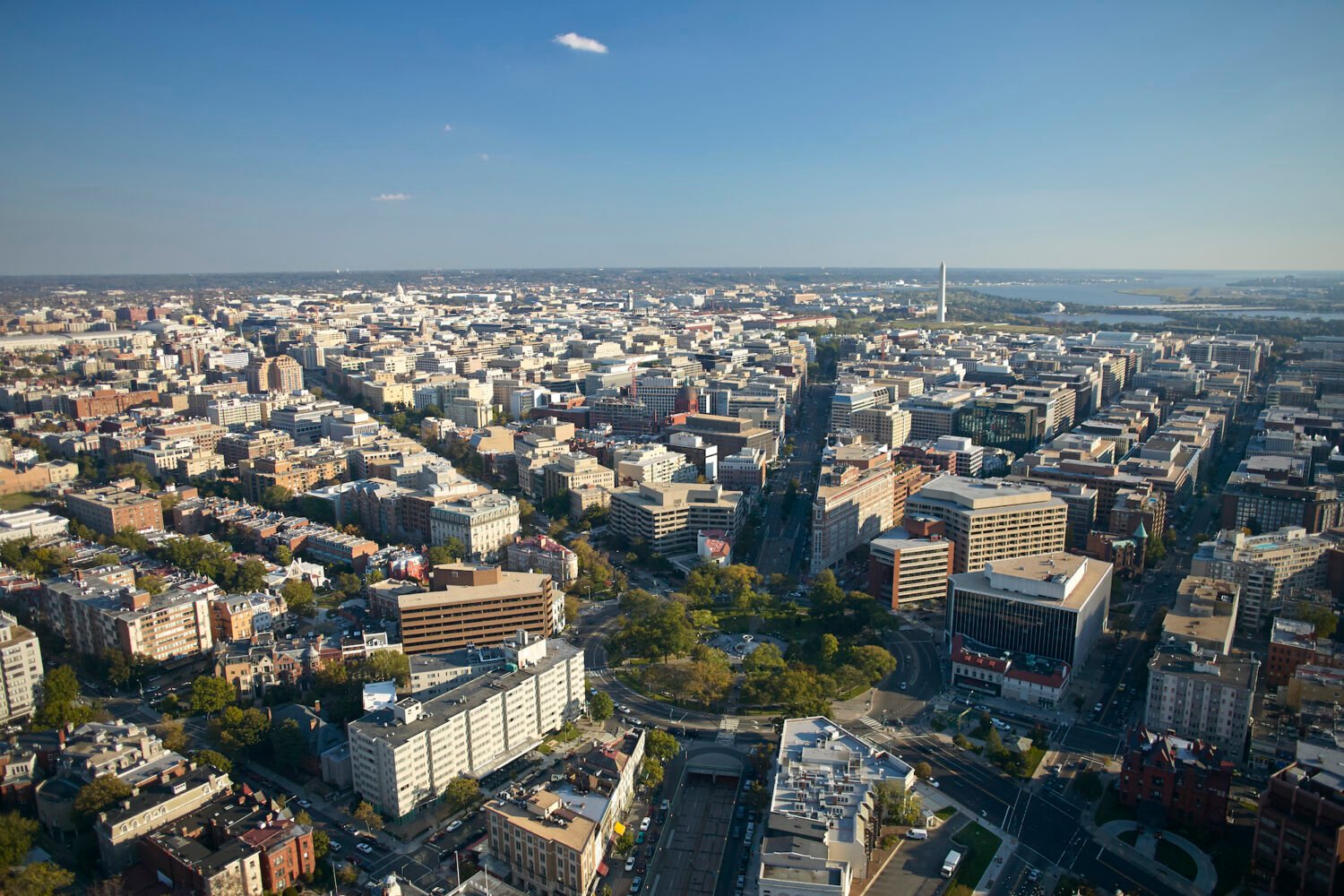The US Department of Agriculture spent $16,400 to hang two banners in May outside its headquarters on Independence Avenue in Washington, DC, government documents show. One banner honored Abraham Lincoln. The other featured the glowering face of President Trump.
Agriculture Secretary Brooke Rollins posted a video on X on May 15 that begins, amid stirring music, with footage that purports to show Civil War soldiers and says that amid that war’s deprivations, Lincoln “planted a seed” that resulted in the US establishing USDA in 1862. Then, shifting into lurid black and white footage, it blasts former President Biden for turning the department into a “bloated bureaucracy, wasting billions while America’s farmers were left behind.” Under Trump, the video says, its images bleeding back into color, the department is being restored and is “focused on its mission of putting farmers first. “This isn’t just a milestone, it’s a rebirth,” the narrator intones. It then shows the banners at night, saying “America is rising once again.”
As with many actions of the administration, this act of promotion was somewhat unusual for how things typically work in Washington. “I’ve never seen that before,” says Max Stier, the CEO of the Partnership for Public Service, a nonprofit that has worked with Republican and Democratic administrations to improve government effectiveness. “I do think it is of a piece of larger activities that are about creating a cult of personality around the individual president as opposed to the assistance to the American people.”
Rather than promoting the work of the Agriculture Department, Stier says, the banners reflect “a competition among the loyalists that he has put in place across the leadership of our government for his approval. And the way you apparently get his approval is by singing his praises.”
I got this information about the banners via a Freedom of Information Act request I made in May. I asked USDA for any email or digital correspondence about the banners as well as their cost. I didn’t receive anything about whose idea the banners were or any debate that might have ensued, but I did get the invoice from a Temple Hills firm that printed and installed the banners (a representative there told Washingtonian his company does a lot of similar work but didn’t want to be part of any article about these banners, citing the political climate), as well as lightly redacted notes about the installation—the agency’s communications office wanted to make sure one of its staffers could be on hand to film them going up—and fun stuff like this:
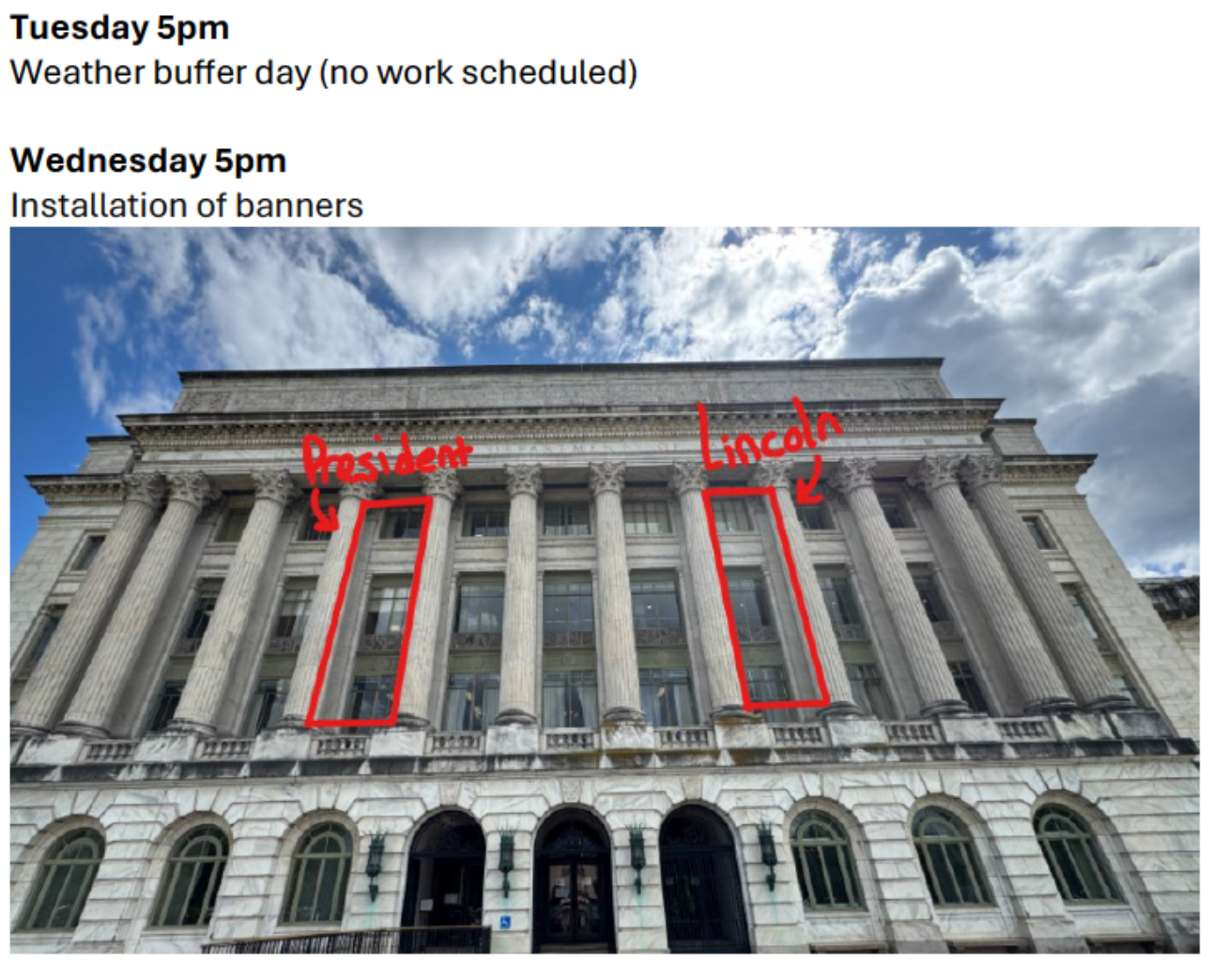
As interesting as the lift rental arrangements are, though, I still had some questions about the banners, like who okayed them, what the thinking was behind them, etc. A USDA spokesperson told the Washington Post in May that the banners “acknowledge the vision and leadership of USDA’s founder, Abraham Lincoln, and the best advocate of America’s farmers and ranchers, President Trump,” which still doesn’t totally explain why we’re hanging a 31-foot-tall portrait of the current occupant of the Oval Office on a building near the Mall. Are there people in DC who don’t know that Trump is in office? Has there been some confusion as to whether Trump, Lincoln, or Biden was a more significant historical figure in terms of US agriculture?
I tried to get some of this from USDA, asking for an interview on whether USDA had installed banners on the front of this building before and how much they cost, whose idea they were, their purpose, and the dates they were up. (They appear to have come down at the end of July when the agency pivoted to promoting a farmers market on the National Mall where Health Secretary Robert F. Kennedy Jr. made a smoothie with a bicycle-powered blender.) The press office advised me to file a FOIA, and then quit responding when I said I already had. I tried again, and even emailed the guy who was supposed to have taken the video, but I am losing hope that anyone from USDA will tell me anything more about their $16,400 banners.
So I went back to Stier. These banners might be unnecessary, I said. They may be tacky. And it’s weird that an administration that purports to care about government efficiency is spending money on stuff like this, which serves no obvious purpose. But do they cross any ethical lines? He says they do, and he also sees something larger reflected in them.
“This is really unprecedented,” Stier says. “And it becomes deeply dangerous when you see this behavior spill over into the use of government authority, not just use of government dollars but the use of government authority to pursue those personal interests.” Prosecutors getting fired, attacks on law firms and universities, the head of the Bureau of Labor Statistics being canned after an unfavorable jobs report, not to mention that these banners hung on the exterior of an agency that plans to move more than half its employees out of DC, purportedly to get them closer to the people they serve but with the likely effect of slashing headcount as employees here balk at relocation, with probable downstream effects on Americans who rely on programs USDA administers like SNAP.
“This is a very fundamental change, and one that I think should deeply concern the public because it’s a move away ultimately from democracy and more towards an authoritarian state,” Stier says. “This is no longer government for the people. This is government for the president.”

